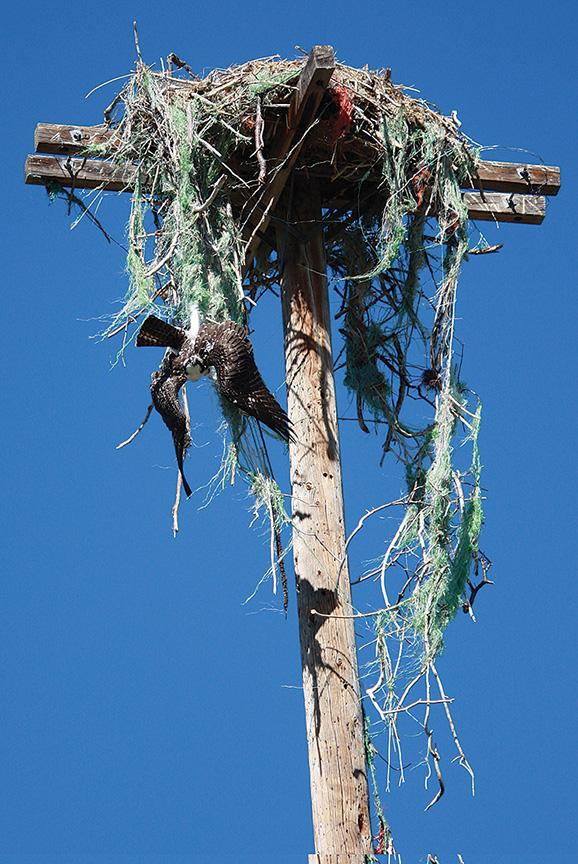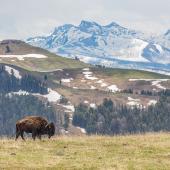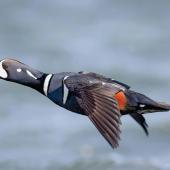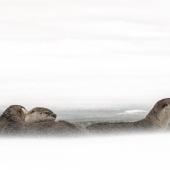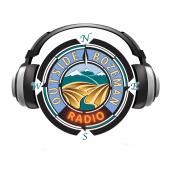Strung Up
Ospreys and baling twine.
Orange streamers of twine fly on the wind. I spy them tethered to a snag-nest on a platform high above the Yellowstone River. They may appear harmless to a casual observer, one who keeps an eye on the nest and sky for a glimpse of the majestic resident of this rough-hewn home: the unsuspecting osprey hunting supper for her chicks. I slow to a stop to see if I can catch a shot of the soaring parent from my car—too far away. She takes off again after depositing her fish quarry in out-of-sight mouths. Circling back to a dirt road leading to the platform, I stop a few yards from the pole, camera in hand. Two heads appear over the top. Four curious eyes stare in my direction. Chicks! And I snap away as they peer at me first in one direction then another, unalarmed at my presence.
About to head back to the car, I notice the orange streamers again, this time close up—baling twine. And I remember a story told by a fellow tourist during a trip to the Sian Ka’an Preserve in the Yucatan section of Mexico. “I’m not sure you want to hear this,” he said during dinner, “but I saw a sad sight today. A fish eagle was dangling by his feet in roping from his nest. Clearly he was dead.”
This wasn’t Mexico, but the same scenario occurs too often today anywhere where there is roping—in this case baling twine—gathered by osprey for their nesting material. What’s the lurking danger to these unsuspecting fish-hunters? As they take off from the platform, they often dip slightly in flight. Their legs become trapped in the lines and they hang there with their legs restricted while swelling and infection—as well as starvation—end their life. This long and painful death is a sad end to the life of a wild bird.
Where do they get this material, made out of non-decomposing polypropylene? It’s used to bind the hay fed to livestock. After being cut, the twine may be left on a fence or in a field. Some blows away and lands along rural roads and highways where it catches the eyes of the wild birds scavenging for nesting materials.
So what can be done to help stop this unnecessary death? First of all, if you have baling twine, gather it up and store it out of sight. Second, contact the Yellowstone Valley Audubon Society or the Montana Raptor Conservation Center for more information.
Read a longer article about this problem here.


